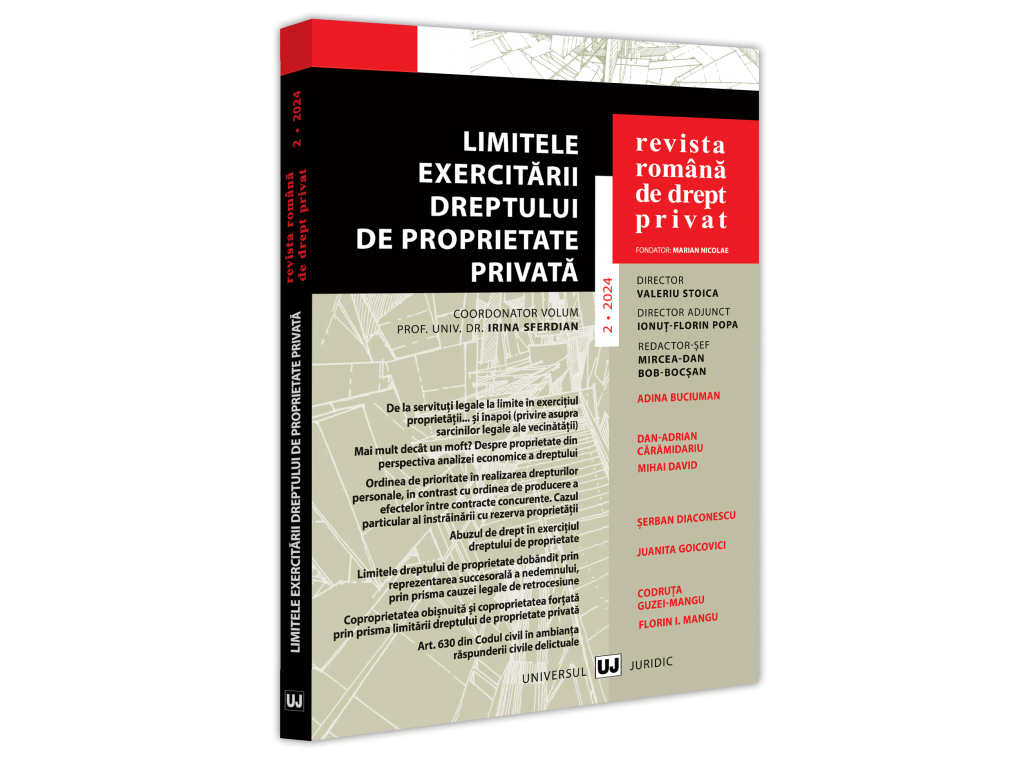Limitele şi provocările creditorului în urmărirea silită a patrimoniului debitorului decedat
The limits and challenges for the creditor in the forced execution of a deceased debtor’s estate
Author(s): Evelina Oprina, Ioana Alexandra GherasimSubject(s): Law, Constitution, Jurisprudence, Civil Law
Published by: Universul Juridic
Keywords: deceased debtor; curator of probate; curator of enforcement; accepting heir; heir in seizure; certificate of heir;
Summary/Abstract: If the debtor dies before the bailiff has been notified and the creditor is aware of the incident, no foreclosure can be started, as provided by Article 687 para. (1) of the Civil Procedure Code, which means that, in the absence of a curator of the estate, it is not possible to start enforcement proceedings.Therefore, in such a factual situation, when the creditor becomes aware of the debtor’s death prior to the commencement of the enforcement, he is obliged to proceed to identify the debtor’s heirs or to use the mechanisms provided by law to challenge the debtor’s successors to accept or not the succession and only then to proceed to enforcement on the basis of the primary enforcement title.If the bailiff becomes aware of the debtor’s death after the creditor’s application has been registered, he shall refer the matter to the executing court with a view to appointing a special curator for the enforcement, but only if no curator of the succession previously appointed by the notary public has been identified. The motion filed to the enforcement court for the appointment of the special curator for enforcement must be made after the legal checks have been carried out at the Chamber of Notaries Public in order to identify the accepting heirs or the curator of the succession, since the existence of a curator of the succession appointed by the notary prevents the appointment of the special curator for enforcement. Thus, the forced enforcement will be continued by the curator of the estate, without the need to apply to the enforcement court for the appointment of a special curator for enforcement.In conclusion, until the inheritance has been accepted, forced enforcement can be carried out through the representation of the deceased’s estate by the curator of the estate or by the special curator for enforcement.If accepting heirs are identified, it is imperative to differentiate between heirs of heirs and heirs not entitled to heirship, since only heirs who are legally heirs can be pursued as heirs without the need for the issue of the certificate of heirship, while heirs who are legally heirs cannot be pursued in this capacity until the heirship has been actually seized, by the issue of the certificate of heirship, in accordance with the provisions of Art. 1127 (2) of the Civil Code.
Journal: Revista Română de Drept Privat
- Issue Year: 2024
- Issue No: 02
- Page Range: 230-252
- Page Count: 23
- Language: Romanian
- Content File-PDF

